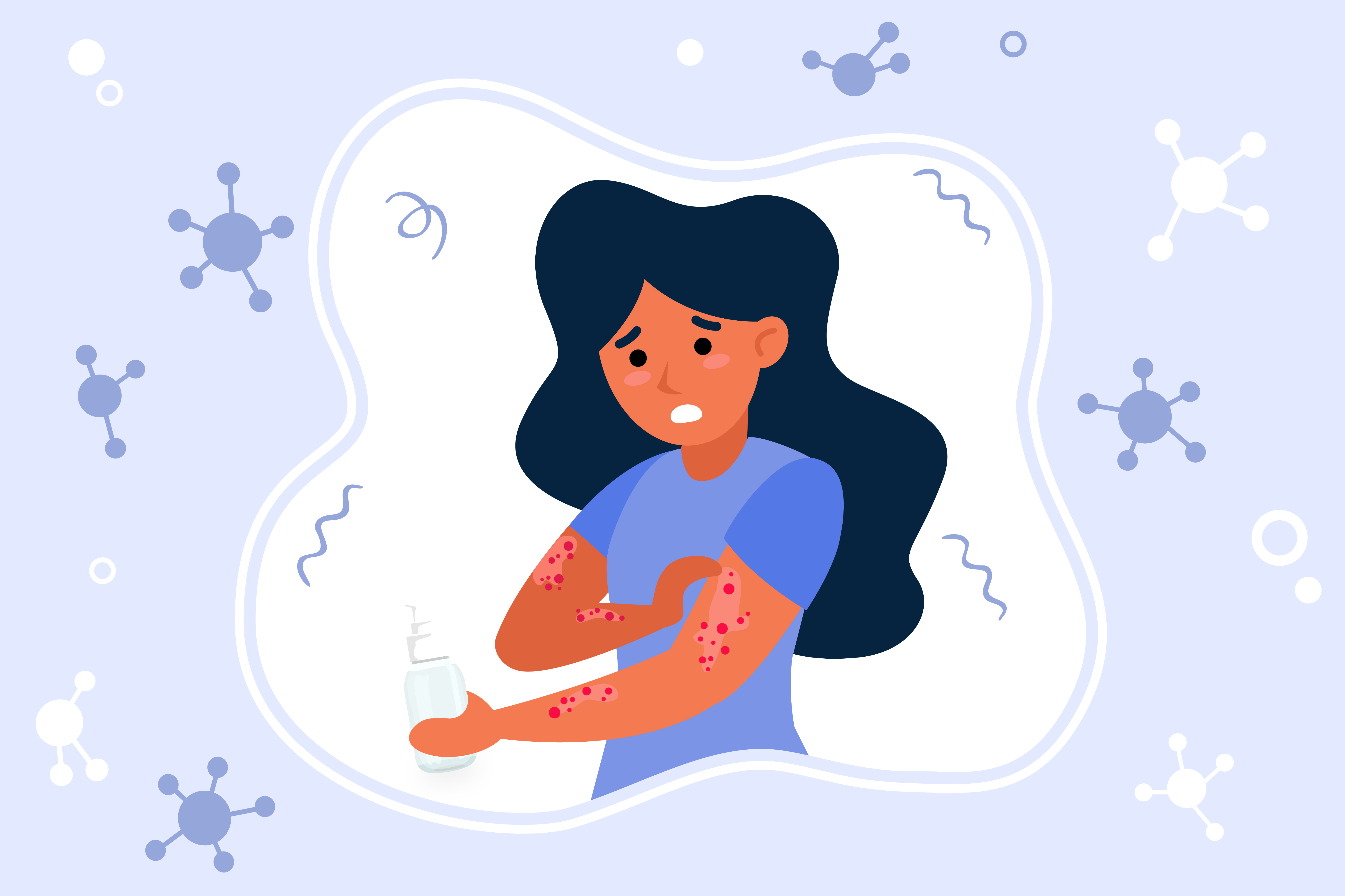What Does Dermatology Say About Alcohol-Based Sanitizers?
Let me start with two different statements.
First is…
Excessive use of an alcohol-based hand sanitizer makes you more prone to infections.
The second one is…
Having at least 60% alcohol in your hand sanitizer is very crucial.
I’m not making these statements from my point of view, but these statements are from two different authentic bodies.
AAD (American Academy of Dermatology Association) says that excessive use of an alcohol-based sanitizer is not safe. In contrast, CDC (Centers for Disease Control & Prevention) says that one should have enough alcohol in sanitizer.
It is not about the hand sanitizer ingredients but about the confusing situation these two different statements create. Both of the entities are credible sources and authentic, then what should you focus upon? Don’t worry; if there is a problem, there is a solution too. Let’s clear out this doubt and find out the balanced path between these two conflicting statements.
It Started With Covid-19
Personal hygiene is essential, but we became more aware of personal hygiene habits after the pandemic. Covid has made sanitizer a critical part of our daily routine. Are you also carrying a sanitizer? Are you also washing your hands? Are you sanitizing your surroundings?
WAIT! Before you say yes to all of these questions, you need to know some hand sanitizer facts. To choose the best hand sanitizer, you must know the facts about sanitizer.
More Alcohol, More Dryness
Yes, it’s true. We all know CDC recommends using a hand sanitizer containing 60% alcohol, but we all know that alcohol dries out the skin.
The more you put alcohol on your hands, the more you will have to face dryness.
More Dryness, More Infections
Ultimately what more dryness results in? It can cause more infections. It allows harmful bacteria and germs to get into your body. Don’t you believe it? The American Academy of Dermatology Association says that dry and cracked skin is more prone to infections.
What does it mean? The more your skin is dry, the more it will catch infections.
What’s The Solution?
Don’t worry; I wouldn’t leave you here with this severe problem. It is like a cycle: For more safety from infections, we try to get more alcohol in sanitizers, more alcohol leads to skin dryness, and more dryness leads to what? It is infection again!
Following are some of the solutions given by the American Academy of Dermatology Association.
Moisturizer
Using a moisturizer on your skin after using a hand sanitizer is good because moisture keeps them safe from germs & bacteria.
-
No Fragrance & Dye
ADA recommends using a hand sanitizer that is Fragrance-Free & Dye Free.
-
Wash Hands
Washing your hands properly is also enough to protect your hands from infections. CDC has recommendations on when to clean and sanitize your hands.
-
Water Temperature
When you wash your hands, the temperature of the water also plays a significant role. ADA recommends that you should use lukewarm water.
The Ultimate Solution…
All the solutions mentioned above can be followed at once. Do you know how? Finding a skin-friendly hand sanitizer that also works as a moisturizer is the best solution for all of you. What should be the properties of a skin-friendly sanitizer? It must be alcohol-free, dye-free, fragrance-free, and free from harsh chemicals and toxins.
-Pankaj Rai.

4 thoughts on “What Does Dermatology Say About Alcohol-Based Sanitizers?”
A round of applause for your article.Really thank you! Great.
Great article. Really Cool.
It’s difficult to find experienced people for this topic, however, you seem like you know what you’re talking about! Thanks
Your blog post gave viewers with beneficial understanding into the subject available.